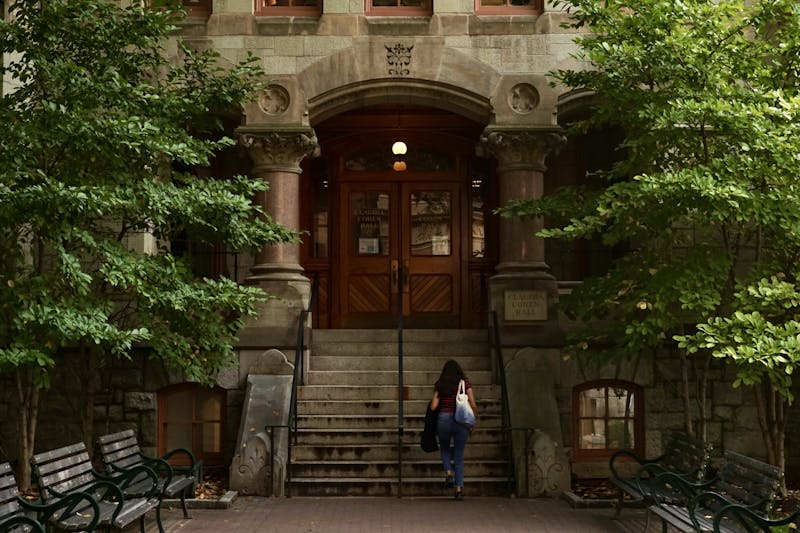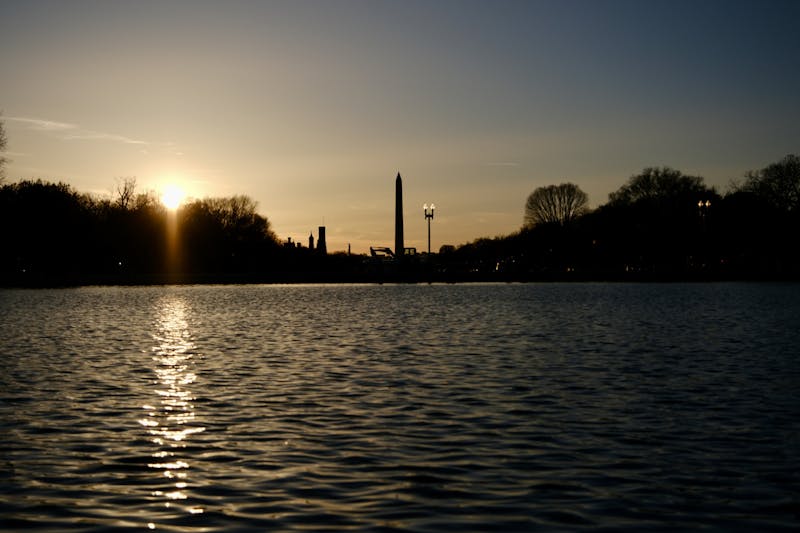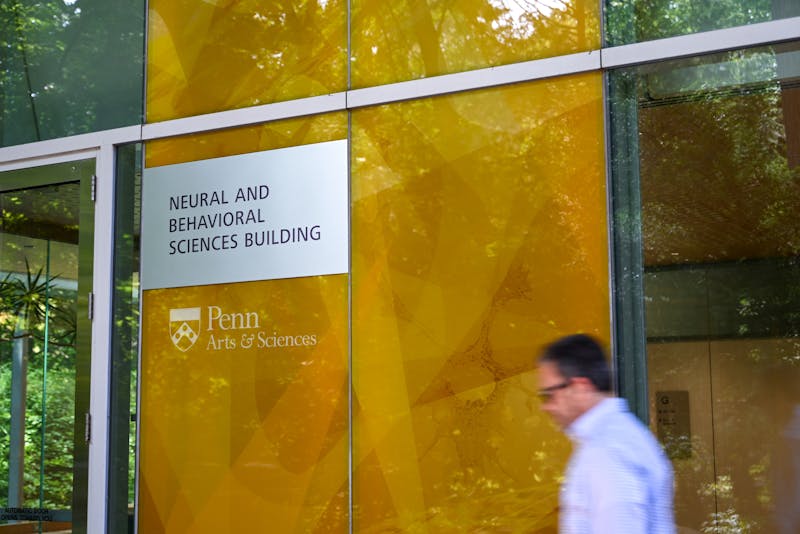
Although minority students on campus make up more than one third of the student population, three of the four cultural resource centers that serve them are cramped on the first floor of the ARCH building.
Makuu, which is a black cultural resource center, La Casa Latina and the Pan-Asian American Community House have all been on campus for about five years and are increasingly attracting more students to participate in their events.
But students and administrators say that it is difficult to grow and develop given their limited space in what they call a degenerated building at 36th Street and Locust Walk.
"We're not being given the resources that we need to grow and to serve not only the minority communities but to be able to outreach to the general campus community," said College junior Nina Wong, chairwoman of the Asian Pacific Student Coalition, which holds its weekly meetings at the ARCH.
Members of the Latino Coalition have also felt constrained by the building.
"Minorities are starting to use the space on a daily basis. It's become not just an office space, but an activity space," said College senior Daniel Chor, a member of the Latino Coalition.
Karlene Burrell-McRae, director of Makuu, said that more than 1,000 students pass through the center in a year. However, she said, 12 or 13 students can barely fit into the office at one time.
"The more successful that these spaces become, you have to figure out how to accommodate the kind of traffic that we're getting," she said.
Recently, the Provost's Office approved the allocation of the basement and some first-floor office space for the cultural-resource centers beginning next fall.
Vice provost for University life spokeswoman Leah Smith said that this will "triple their current available space."
However, some say the entire building could still use major renovations.
"What I'd love to see happen is to see the ARCH building get renovated back to its glory," Burrell-McRae said. Originally constructed in 1928 to house the Christian Association, the structure was one of the last Gothic Revival buildings built on campus.
"It's a beautiful building, and I think there's lots of spaces to be maximized," Burrell-McRae said.
Smith added that student leaders who met with administrators earlier this year suggested holding off on major renovations in the ARCH until the University can identify a donor to defray the costs.
In the meantime, the VPUL office plans to conduct a study this winter to develop a list of interim improvements that can be made.
"The goal is to maximize the use of the building while interim improvements are being made," Smith said.
Wharton senior Cynthia Wong, an Undergraduate Assembly member, serves on the committee charged with advising the University on developing the Postal Service property east of campus, which will be acquired in 2007.
Wong said that most of the cultural-resource centers that currently call the ARCH home do not have a desire to move east.
"It seems to be the general consensus that everyone loves the location. Unfortunately, the building is in a very dilapidated state," Wong said.
With the current hub located right at the heart of campus, many groups seem reluctant to relocate to the postal lands. Leaders say that besides being more convenient, the current location increases the visibility of the centers.
Wong added, "The centers are not just for minority students. They're really open centers that provide programming and education for the entire University."
The Daily Pennsylvanian is an independent, student-run newspaper. Please consider making a donation to support the coverage that shapes the University. Your generosity ensures a future of strong journalism at Penn.
DonatePlease note All comments are eligible for publication in The Daily Pennsylvanian.







